Insight is the bedrock for developing great creative work: Neeraj Bassi
In our new series, TALKING INSIGHTS, we at Adgully are speaking to some of the leading brand planning heads who are playing a key role in agencies. For the past many years, the advertising industry has been offering design and branding as part of the overall advertising services to their clients. However, in the last two decades, we have seen the approach to design taking a shift with more focus on research, strategy in a scientific way for solving complex challenges. Strategy and design play an important role throughout the lifecycle of a brand, and even more so, at the time of launch. Launch of any new product is the time where the team needs to make a number of strategic choices – from identifying the right target group to articulating the product proposition to defining the brand framework, etc. And strategic analysis plays a crucial role to aid the process of selection, while design thinking helps bring the concept to life, giving it a meaningful shape and form.
To get a clearer perspective and a deeper insight on strategy and design, and how the business has evolved in the last two decades, Adgully caught up with Neeraj Bassi, Chief Strategy Officer, Havas Group India, who shared his point of view and explained how crucial it is for design and strategy to play a key role in the journey of a brand.
Strategy and Design today play a major role in a brand’s journey. How much of strategic thinking is incorporated into client briefs for new product launches?
Strategy and design play an important role throughout the lifecycle of the brand, and even more so at the time of launch. Launch is the time where the team needs to make a number of strategic choices – from target group identification to articulating the product proposition to defining the brand framework, etc. And strategic analysis plays a crucial role in aiding the process of selection, while design thinking helps bring the concept to life, giving it a meaningful shape and form.
The launch is also the most challenging and rewarding phase of brand building. The decisions taken at launch not only determine the immediate success/ failure of the brand, but set the tone for the brand in the long term. So, it is imperative that there is detailed discussion and debate on each and every element of the launch. We go through every aspect multiple times, trying to better it in every iteration. It is a labour of love!
How do you go about planning your campaign strategy and how do you cull out your insights to get the campaign right?
Insights fuel energy into a brand campaign. You can’t have a successful campaign without an insight. Therefore, culling insights is the most important job for a strategist. The process of culling insights has evolved over time. Earlier, the process was very qualitative and the insights were culled from personal observations of human behaviour. But over the years, there is a growing dependence on quantitative data for extracting insights. Today, I don’t need to meet a consumer face to face to know more about their behaviour – like they say, the big platforms know more about consumers than even the consumers themselves!
So, today, a strategist needs to sift through a lot of data to arrive at an insight. We start by digging into syndicated databases, published trend reports, social listening analysis, search trend analysis, etc., to understand the frame of category, consumer and brand. This leads to generation of hypotheses, which are then tested through consumer research. So, we still talk to consumers to arrive at the final insight for the campaign, but a lot of work happens in the background, prior to reaching that stage.
A big brand idea is the core ingredient for churning out great creative work. What kind of strategic tools and processes do you follow to crack that big idea?
Like I mentioned, insight is the bedrock for developing great creative work. So, the process of cracking the big idea starts from insight mining. For articulating the big idea, we have a proprietary tool called ‘Meaningful Brand Idea’. We believe that to arrive at a meaningful brand idea you need to explore 4 key aspects – Cultural Truth, Consumer Truth, Category Conventions and Brand’s best self.
Cultural truth investigation requires planners to sift through the cultural trends that are preoccupying consumers’ minds and identify which of these trends can give an unfair advantage to the brand for growth. In Consumer truth, we try to understand what our consumer cohort seeks from life in general and the category in particular to define the insight for connection. In Category conventions, we define the competitive frame and the conventions that are currently prevalent in the category to isolate the opportunity for disruption. And Brand’s best self identifies the best differentiator that can be leveraged by the brand. Looking at insights across these 4 buckets, we define the Meaningful Brand Idea, which then drives all the creative work.
Today, a strategic thinker has huge data available in his hand. How much of that data can help a planner to leverage the same to draw some key insights? Do Cultural, Social and Psychological behaviours play an important role to help you draw useful insights?
Like I mentioned, data plays a critical role in insight generation today. We live in a highly fragmented world and it is important to understand the behaviours and attitudes of our target cohort in detail before planning any communication initiative. Data helps us understand the mindset at different stages of the consumer journey and identify the job to be done at each stage.
While data informs us about the specific consumer behaviours, it is important to understand that these specific behaviours occur in the context of the overall cultural, social and psychological milieu. Therefore, the process of insight generation is incomplete without a deep dive into socio-cultural context. Which is why Meaningful Brand Idea definition process starts with identification of Cultural truth. The MBI must align with a prevalent cultural trend in order to make a meaningful impact on consumer’s lives.
A planner needs to keep his/ her eyes and ears to the ground. How often does one have to do market visits to get to know the real pulse of the market and your audience, as the planner is responsible for bringing in fresh knowledge and new insights from the market and about the audience into the creation and ideation process?
That is a very interesting question. And you are right in saying that planners need to have their ears glued to the ground. But the definition of ‘ground’ has evolved over time! In addition to physical market visits that we used to do earlier, we now need to keep an eye on the e-commerce sites too. We need to keep a tab on what’s trending on Twitter, the latest feature on Instagram and catch new apps which are becoming popular with consumers. We need to know what the certified buyers saying about the product and what conversations are happening around the brand across social media platforms. There is a lot of ground to cover these days.
As for bringing in fresh knowledge, planners are known to be curious by nature. A planner’s mind is like a sponge, always seeking new paradigms, frameworks and learnings. And they love to share this knowledge across different forums – white papers, presentations or workshops. Of late, I have also seen a number of planners take to LinkedIn to share their points of view.
As a strategic thinker, how do you embrace technology and work closely with technology tools to achieve sharper insights? Does AI/ ML play any role in the planning and thinking process to deal especially with big data?
For a strategic thinker, analytical skills are a great asset. And the tools that aid analysis are high priority. With technology playing a pivotal role in developing analytical capabilities, strategic thinkers have no option but to embrace it with open arms. Recently, a syndicated data provider was taking me through a new capability on claims analysis that they have introduced. Through AI, they can analyse the packaging in a category to provide an insight on the top claims made by competitors. Another supplier has the technology to analyse today’s publications to give the brand a net sentiment analysis before the end of the day. The possibilities are endless.
Today, technology enables us to create dashboards that can pull data from various sources to give us real-time snapshot of the brand’s performance. Now, that is music to a strategic thinker’s ears!



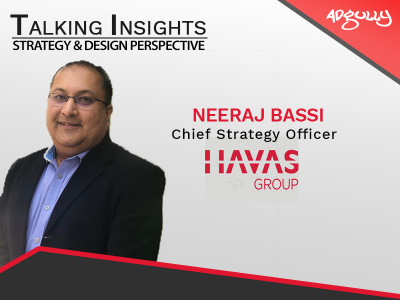







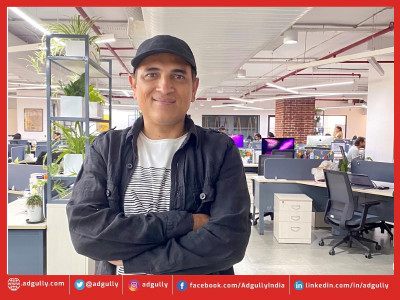

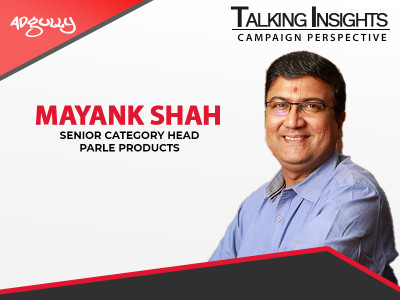
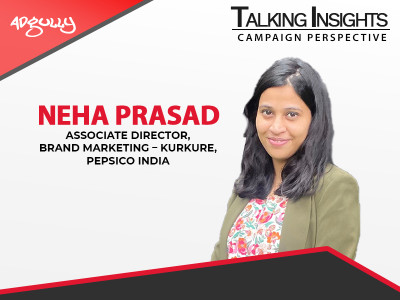
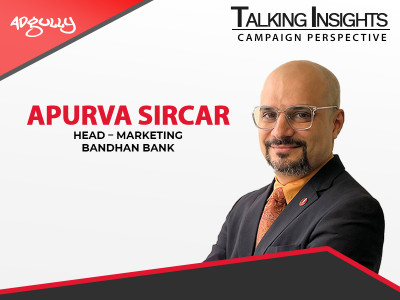
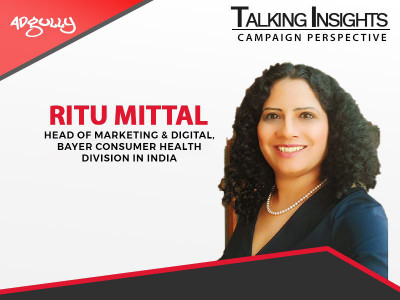
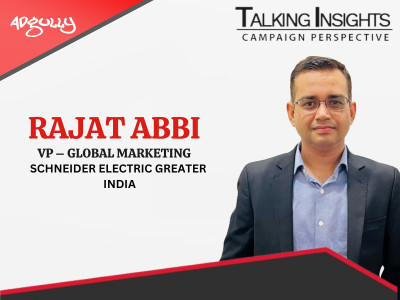
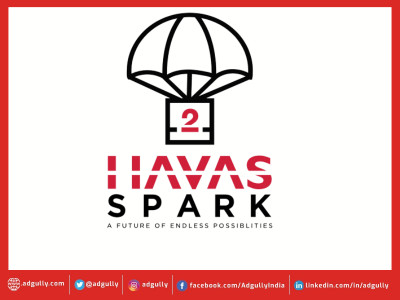
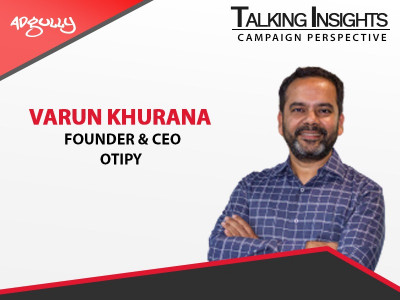
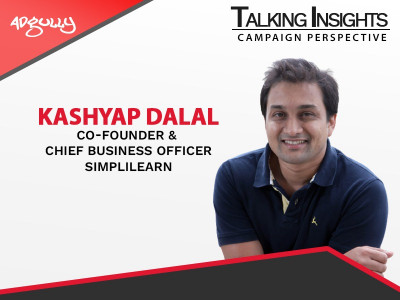



Share
Facebook
YouTube
Tweet
Twitter
LinkedIn